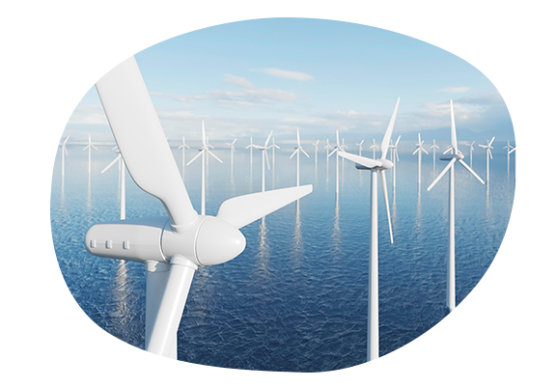
Demand for Offshore Wind Towers to Outpace Manufacturing Capacity by 2029, Rystad Energy Warns
Rystad Energy's latest modeling suggests that starting from 2028, the demand for offshore turbine towers will exceed the available manufacturing capacity. By 2029, the deficit is expected to be significant, with demand surpassing capacity by a wide margin. Steel demand for offshore wind towers in 2029 is projected to exceed 1.7 million tonnes, while manufacturing capacity will reach a maximum of around 1.3 million tonnes, resulting in a supply shortfall of approximately 30%.
To address this looming supply issue, European manufacturers must initiate expansion plans within the next two years, as it takes several years to construct new manufacturing facilities. Failure to act promptly may exacerbate the situation, especially if there are steel shortages. Rystad Energy's Vice President, Alexander Flotre, emphasizes the feasibility of expansions, noting that wind tower production does not require complex or specialized machinery.
Furthermore, as the average turbine capacity in Europe is expected to reach nearly 10MW in 2023, Rystad Energy estimates that more than half of the turbines installed between 2029 and 2035 will exceed 14MW. Some projects even aim to build turbines with a capacity of 20MW by the beginning of 2030. This upward trend in turbine size necessitates the use of larger towers, as the tower's weight depends on the hub height and rotor diameter.
In terms of offshore wind tower supply, Spain and Denmark currently lead the European market, accounting for approximately 90% of the estimated 1.1 million tonnes produced on the continent.
Rystad Energy's analysis highlights the impending challenge of meeting the growing demand for offshore wind towers. By 2029, demand is expected to outstrip manufacturing capacity, urging European manufacturers to embark on expansion efforts promptly. Failure to do so may result in supply shortages and hinder the development of larger offshore wind turbines.



